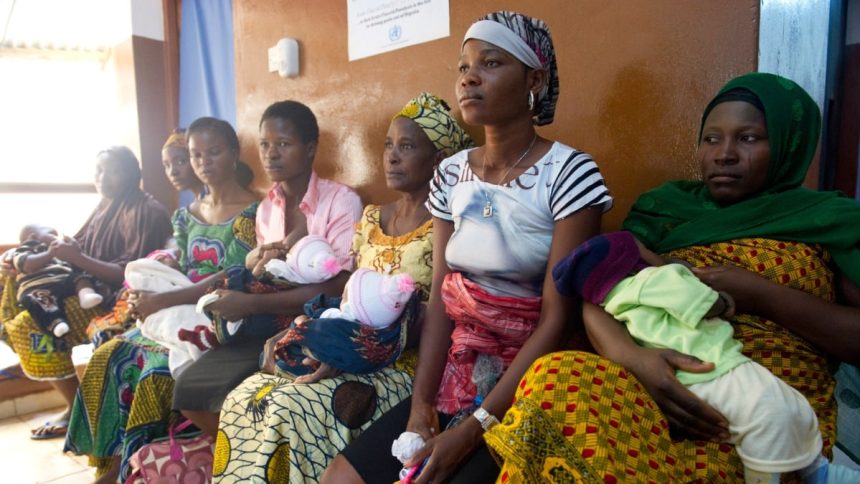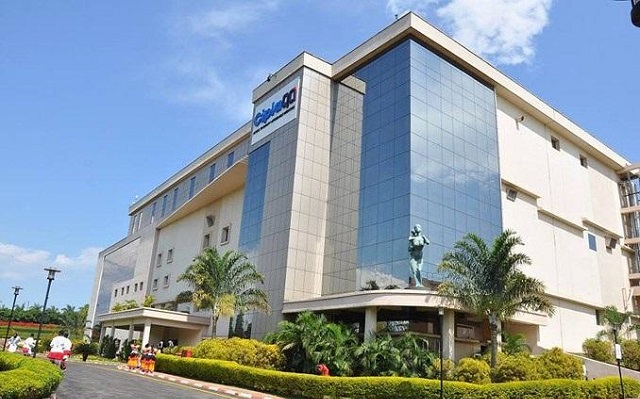Health specialists in Kamwenge district have attributed the increase in preterm births to malnutrition. These healthcare professionals in the western Ugandan district assert that the elevated rates of preterm births, stillbirths, and miscarriages among pregnant women stem from food insecurity and malnutrition in the area.
For example, Rukunyu General Hospital in Kamwenge district sees a minimum of 300 mothers availing antenatal services each month. The facility reports that out of these, 15 mothers do not reach the joyous milestone of motherhood due to complications that prevent normal deliveries.
Dr. Ivan Mujuni, the Principal Medical Officer, Rukunyu General Hospital stated that at , “Upon visiting the Pediatric ward, one can observe numerous cases linked to malnutrition. There are a few instances of malaria and pneumonia, but the cases related to malnutrition are significantly higher, often leading to serious bacterial infections. This presents us with a considerable burden.”
The district reports high rates of premature deaths and miscarriages related to widespread malnutrition among mothers.
“Most expectant mothers in our community possess adequate food, but the issue lies in how they utilize it, which greatly affects delivery outcomes. Often, they consume a lot of matooke, beans, and Irish potatoes. However, they frequently sell the better quality food and settle for lower quality options,” explained Yonah Ajoku, a Nursing Officer at the facility.
The head of Rukunyu General Hospital, Ivan Mujuni, noted that many expectant mothers arriving at the hospital exhibit signs of stunted pregnancies due to malnutrition, leading to miscarriages, while others fail to reach their delivery due dates.
“It is common to find more than half of these cases arise from mothers having very low hemoglobin (HB) levels. This low HB is not primarily due to severe malaria or similar issues, but rather a result of insufficient nutrition,” he emphasized.
He further indicated that this situation also results in mothers delivering babies with low birth weights, while some newborns do not survive beyond six months due to inadequate feeding practices.
“We have been encountering numerous cases of low birth weight infants. The occurrence of preterm births has been significant, particularly among anemic babies. They struggle to thrive, and I can assert that we are experiencing a notable rise in preterm labor cases.”
Kamwenge district has consistently had high malnutrition rates, particularly among children under ten years old, despite UNICEF’s various interventions in collaboration with UKAid.
“Through efforts to raise community awareness about incorporating animal protein, such as milk, eggs, small fish, or meat into diets, we have recently observed a decline in malnutrition issues,” remarked Emmanuel Tumusiime, a Nutritionist in Kamwenge district.
The prevalence of malnutrition cases in Kamwenge district is linked to inadequate child care practices, where many mothers prefer to prioritize seeking income over breastfeeding their children.
“Mindsets regarding the sale of food and health still pose significant challenges. Certain individuals continue to harbor misconceptions relating to health and nutrition, so we are working on changing these social behaviors, which will improve over time,” Tumusiime added.
Dr. Mujuni mentioned that although the numbers have decreased compared to previous years, continued awareness efforts directed toward new mothers remain essential.
“We initiated this program a few years back due to a significant gap, but with numerous interventions like specialized unit training and community initiatives, we’ve observed a reduction in cases. We no longer require many blood transfusions,” Dr. Mujuni stated.
Around 30% of the annual government funding for the facility is allocated to treating issues related to malnutrition in the district. The total annual budget for the hospital is 600 million shillings.
Mujuni also urges the government to strengthen the village health teams (VHTs) that engage directly with grassroots communities to help prevent malnutrition-related issues.
“If we persist in investing in the capacity building of service providers and the new community initiative aimed at connecting facilities with the grassroots health workers, while continuously gathering data, we can identify the key problem areas. This allows us to allocate more resources and conduct more outreach in those specific regions,” Mujuni elaborated.
In the Health Ministry, Village Health Team Personnel, set up by local government, do not receive a salary but are given a periodic stipend to help with limited expenses like transportation within their parishes, which is also minimal.




















